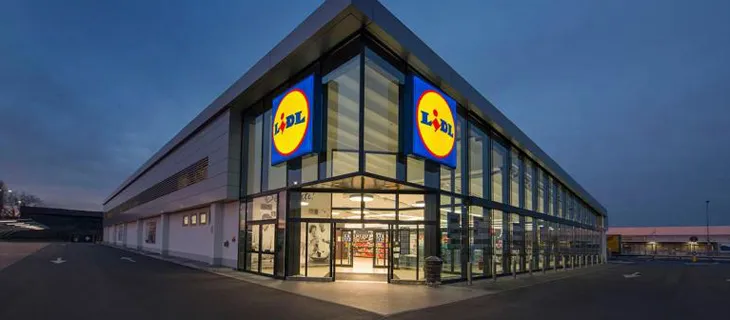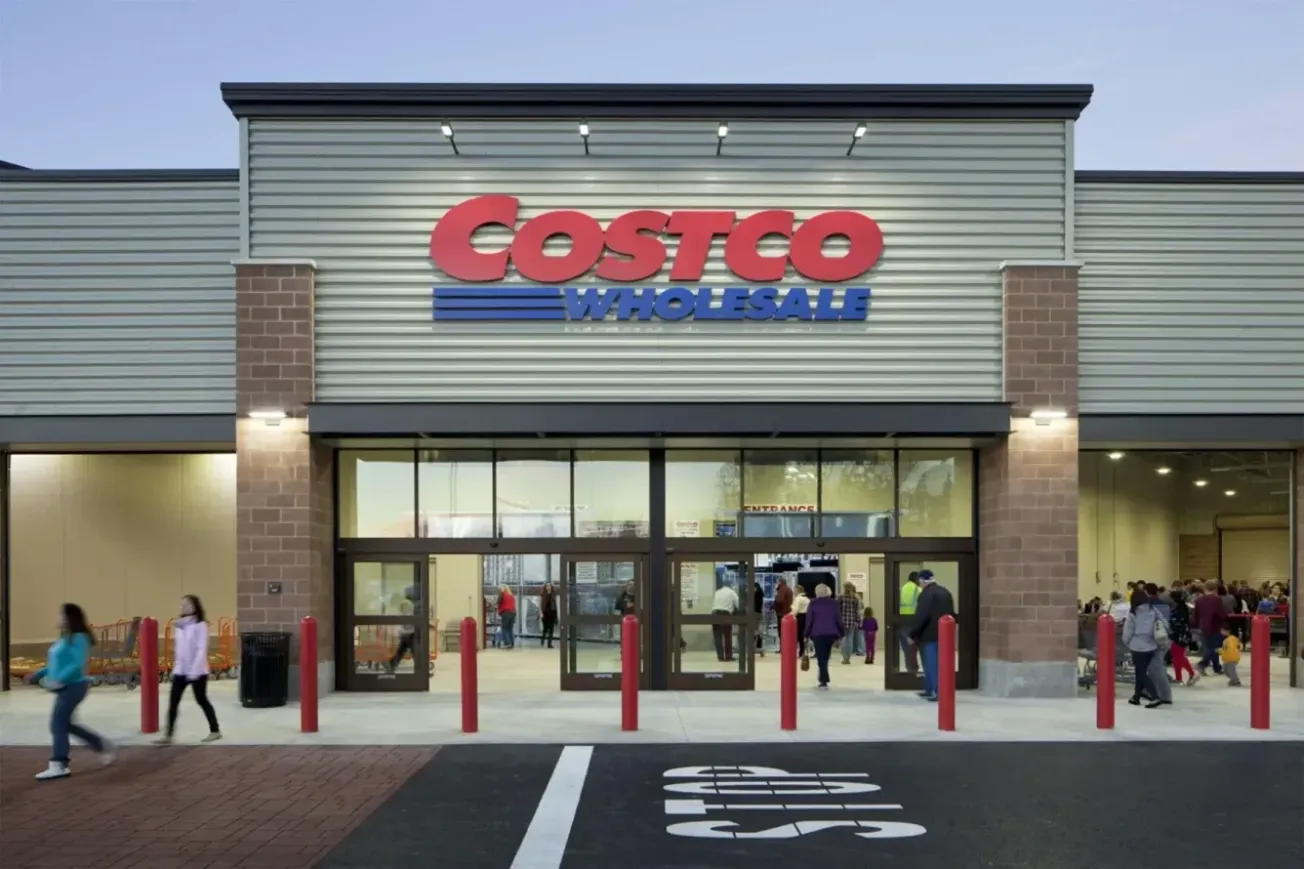NEW YORK — The German discount grocer Lidl has proven a strong competitor throughout Europe, with a business model based on small stores, a no-frills shopping experience and low low prices. But the chief executive officer of Schwarz Group, Lidl’s parent company, told a German business magazine that the company stumbled in its initial foray into the U.S. market, opening stores that are too big and that have poor locations and too expensive merchandise.
“If you recognize a mistake, you have to correct it,” said Klaus Gehrig in an interview with Manager Magazin.
Lidl made its U.S. debut last June with the opening of nine stores in in Virginia, North Carolina and South Carolina. The retailer said at the time that it expected to have 20 stores operating in the three states by summer’s end and as many as 100 stores up and down the East Coast within a year. But after initially drawing big crowds, the stores reportedly saw traffic declines. Lidl changed the leadership of its U.S. division in September, and has dialed back its expansion plans. Lidl currently has 48 stores open in six U.S. states, and plans to open 20 more this year. That will leave it well short of its previous target of 100 stores within its first year, although that number was an upper limit announced to quell expectations that the chain planned to open hundreds or even thousands of stores in its first year, a U.S. spokesman told Charlotte, N.C.’s The News & Observer.
Lidl plans to slow down and correct course in the U.S., rather than withdraw. And the retailer has had an impact on grocery prices in the markets it serves. Rival grocers lowered prices on key staples by as much as 55% at stores in the vicinity of the Lidl outlets, according to a study released January 10 by the University of North Carolina Kenan-Flagler Business School.
The study was led by Katrijn Gielens, associate professor of marketing at UNC Kenan-Flagler, and was commissioned by Lidl US. Gielens analyzed prices in six markets where Lidl operates and six control markets in which Lidl is not present in Virginia, North Carolina and South Carolina. She looked at prices for a broad basket of 48 grocery products, including dairy, meat, produce, and canned and frozen goods, which were collected through store visits. In markets surveyed where Lidl was present, retailers on average set prices 25% above Lidl prices.
“The level of competitive pressure Lidl is exerting on leading retailers to drop their prices in these markets is unprecedented,” Gielens said in a statement. “In fact, the competitive price-cutting effect of Lidl’s entry in a market is more than three times stronger than the effect of Walmart’s entry in a new market reported by previous academic work.”






